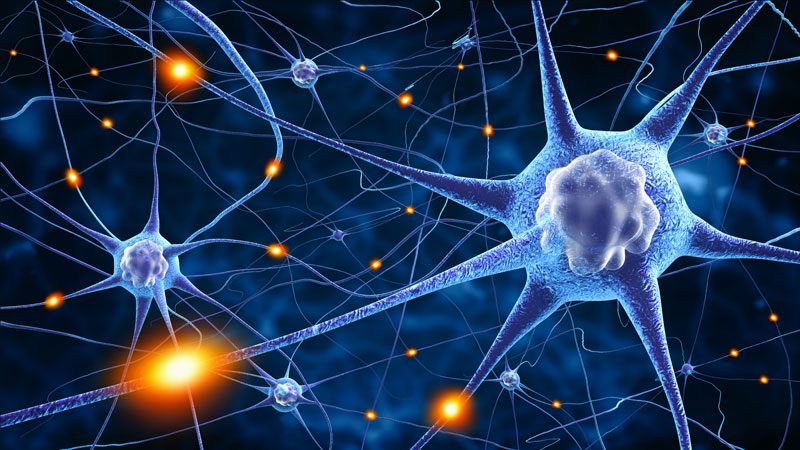How can we adapt our brain to adjust in times of great stress? How can we adapt our brains to deal with pain from illness or injury? Is it possible that we can actually change the structure of our brains to block certain signals? When stress becomes overwhelming and constant, it can cause chronic illness, pain or mental health conditions. The mind can transform over time, learning to cope with everything from daily challenges such as stress to even catastrophic injury or illness.
Until recently, the conventional thinking was that our brain is hardwired at birth and therefore unchangeable. Previously the scientific community believed that the brain is like a machine: machines are capable of many things but they do not change and grow.
Recent discoveries reveal that our brains are similar to flexible plastic that is constantly being reshaped by our experiences. This flexibility is called neuroplasticity. Neuroplasticity is the brain’s ability to form and remap synaptic connections, especially in response to learning or experience or following an injury or illness.
“Scientists have shown that thinking, learning, and acting can turn our genes on or off, thus shaping our brain anatomy and our behavior — surely one of the most extraordinary discoveries of the twentieth century.” — Norman Doidge, M.D. Bestselling author of The Brain That Changes Itself : Stories of Personal Triumph from the Frontiers of Brain Science, 2007.
You Are the Architect of Your Brain
When you change your beliefs, learn something new or become mindful of your habitual reactions to unpleasant emotions, you are literally altering the neurochemistry and the structure of your brain. Neurons process and transmit information through electrical and chemical signals. There are around 86 billion neurons in the human body.
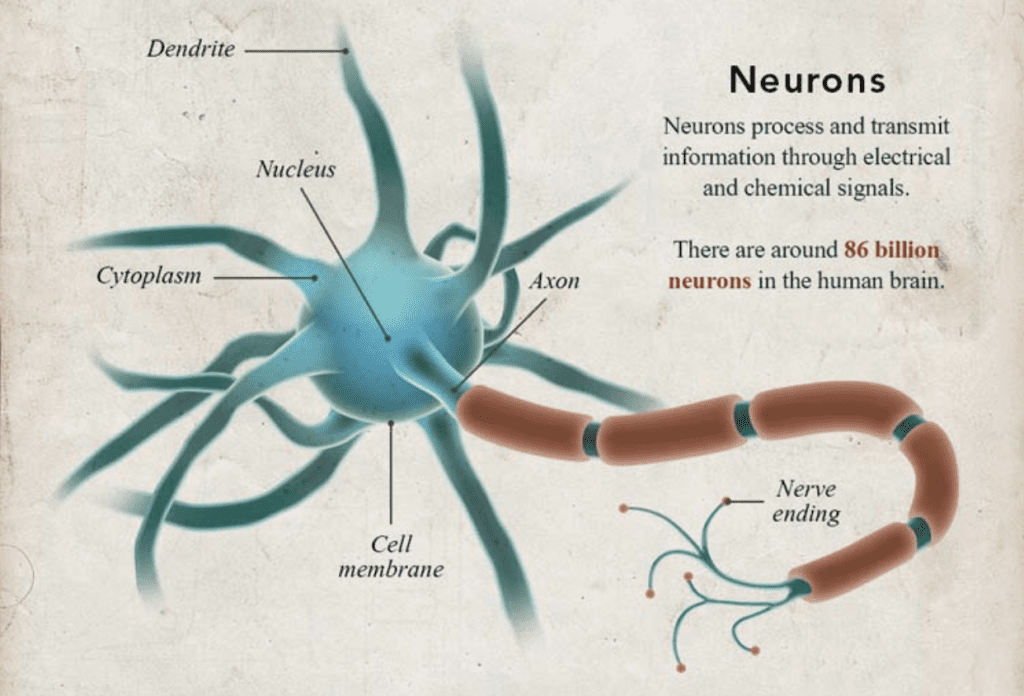
When neural pathways, also known as pain maps, get damaged, they fire incessant false alarms, making us believe the problem is in our body when it is mostly in our brain. Long after the body has healed, the pain system is still firing. The acute pain has developed an afterlife: it becomes chronic pain. We only experience pain when the electrical signals reach the thinking part of our brains. There are specific regions of the thinking brain where we fully experience pain, but these parts of our brains do a lot more than just perceive pain.

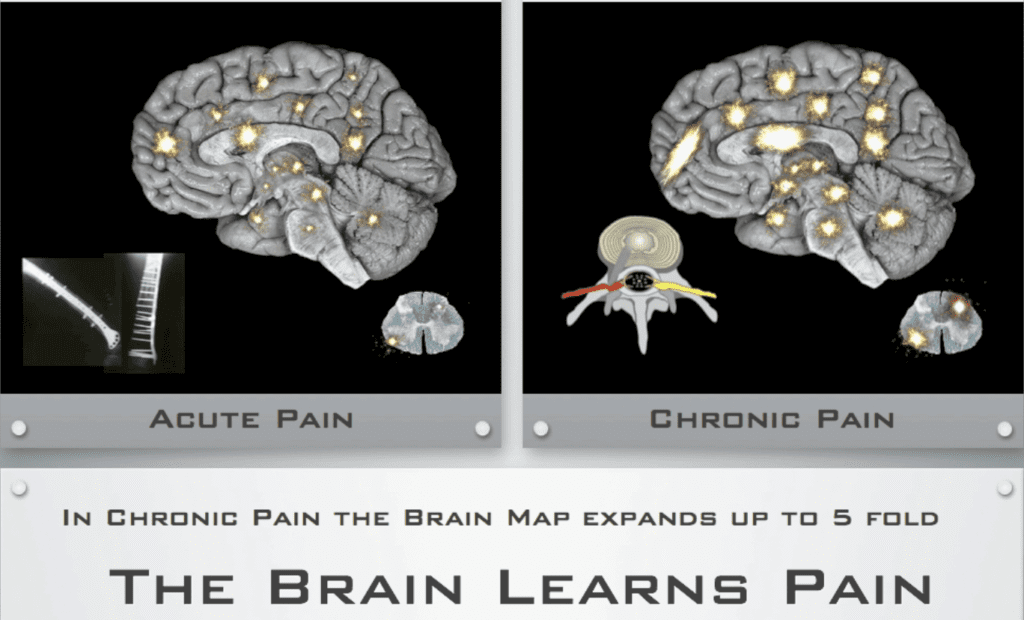
Your brain cells pass on that information by releasing chemicals at the spaces between them called synapses. Synapses allow your brain to change the intensity and speed of the incoming signals from your body.
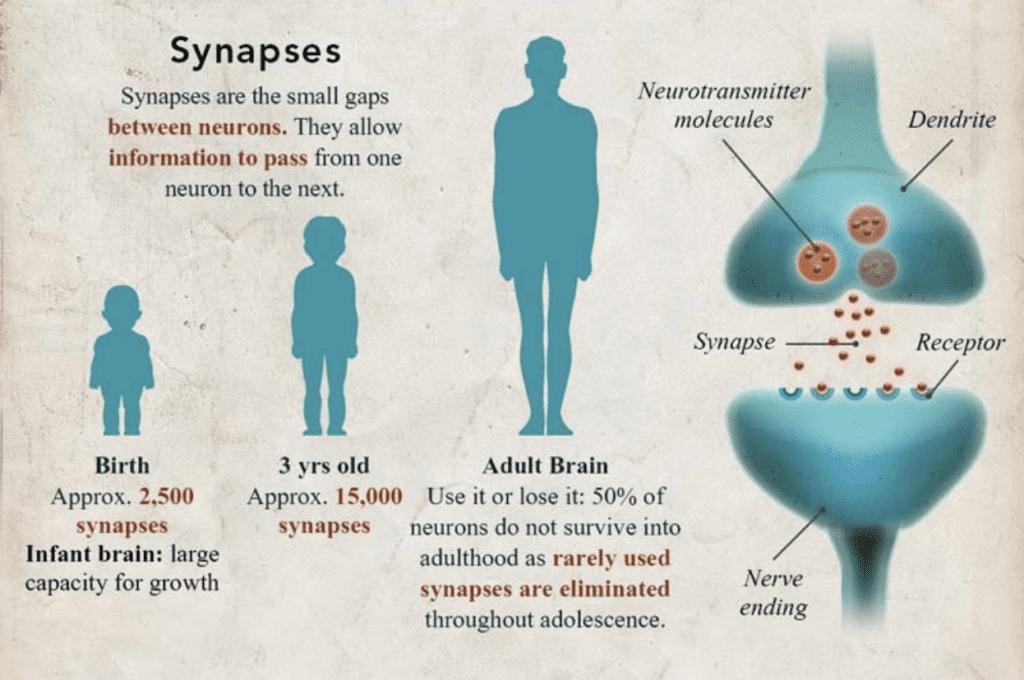
Synapses are the small gaps between neurons. They allow information to pass from one neuron to the next. Synaptic plasticity is the ability of synapses to strengthen or break over time in response to increases or decreases in their activity. Plastic change often results from the alteration of the number of neurotransmitter receptors located on a synapse. You are born with 2,500 synapses; by the time you turn three, you have approximately 15,000. Throughout adolescence and into adulthood half of those neurons will die off. If you don’t use your neurons you lose them.
Neurogenesis
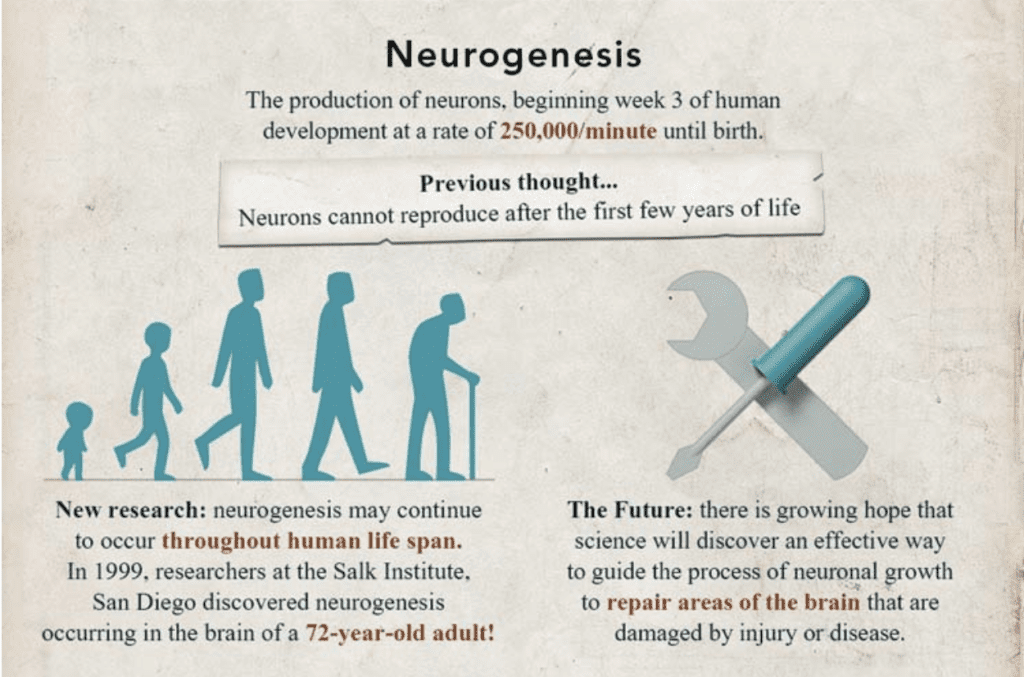
Neurogenesis is the production of neurons, beginning week 3 in the fetus at a rate of 250,000 per minute until birth. New research indicates that neurogenesis can continue to occur throughout life. Researchers at the Salk Institute in San Diego, CA in 1999 found neurogenesis occurring in the brain of a 72-year-old man. There is growing hope that science will soon discover an effective way to guide the process of neuronal growth to repair areas of the brain that are damaged by injury or disease.
Training Your Brain
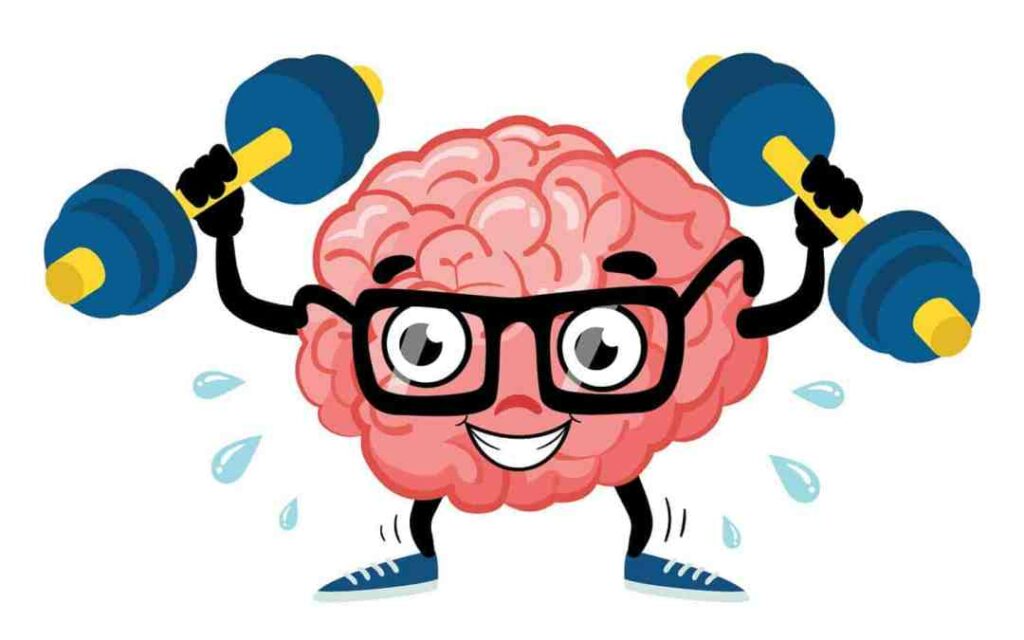
Most of us don’t realize it, but we are actually training our brains every time we learn a new skill, such as reading, typing, singing a song, learning a dance or riding a bike. It is through repetition, practice, creativity, and improvement that we master any activity.
This happens through electrical and chemical signals in our cells creating pathways in our brains that allow us to perform these tasks. We are literally changing the anatomy of our brains. By being aware of this process we can consciously utilize it to our benefit.
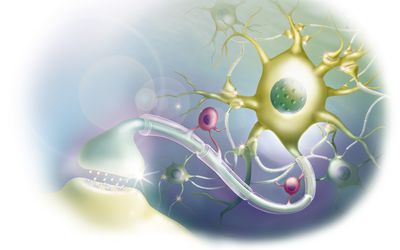
Neurons That Fire Together Wire Together
One of the core laws of neuroplasticity is that neurons that fire together wire together. This means that repeated mental experience leads to structural changes in the brain neurons that process that experience, making the synaptic connections between those neurons stronger. In practical terms, when a person learns something new, different groups of neurons get wired together.
Not only does the brain send signals to the body to influence it, the body sends signals to the brain to affect it as well, and thus there is constant, two-way communication between them. The body abounds with neurons, the gut alone having 100 million. The brain is always linked to the body and, through the senses, to the world outside. The brain can change its own structure and function through thought and activity.
Neuroplasticians have learned to use these avenues from the body to the brain to facilitate healing. Neuroplasticians have enabled people who had been blind since birth to begin to see and enabled the deaf to hear. People with learning disorders were cured and their IQs raised; those with major depression were cured as well. People who had strokes decades before and had been declared incurable were helped to recover with neuroplastic treatments. Eighty-year-olds were able to sharpen their memories to function the way they did when they were fifty-five. People rewire their brains with their thoughts to cure previously incurable obsessive-compulsive disorders and traumas. There were also those who were able to recover the function of a missing part of their brain.
How to Harness the Power of Neuroplasticity

Most of the interventions used in neuroplasticity make use of energy—including light, sound, vibration, electricity, and motion. Among the most effective ways to do so is by using thought itself to stimulate brain circuits, which is why most of the interventions pair mental awareness and activity with the use of energy. All of these techniques stimulate and reawaken dormant brain circuits.
Easy Neuroplastic Techniques You Can do on Your Own
- Engage in new challenges
- Practice focused attention
- Explore with childlike wonder
- Exercise 3 to 4 days a week
- Learn to meditate
- Develop stimulating friendships
- Laugh often
- Eat a healthy diet and drink plenty of water
- Practice positive thinking
Change Your Thoughts And Transform Your Life
Your brain can reorganize itself, create new neural pathways, and expand neural networks. One simple way to create these pathways is to change your recurring thought pattern. When you experience stress it can cause your body to go into the fight or flight response, which causes a rapid heart rate, difficulty catching your breath, and dizziness.

This in turn causes headaches, irritability, insomnia, low energy, depression, and gastrointestinal disorders.
Immune System and Neuroplasticity
The physical reactions to stress can cause a lowered immune system, leading to colds and viruses. This then leads to more stressful thoughts, and the whole cycle repeats. The nervous system regulates your body’s immune response. Your neural pathways regulate most of your bodily functions, ranging from cardiovascular, respiratory and gastro-intestinal functions to endocrine and metabolic ones, among others.

Joe Dispenza, M.D. is the best selling author of You Are the Placebo: Making Your Mind Matter. Dispenza conducted an experiment on 120 people for ten minutes, three times per day over a four-day period, where they were asked to trade their feelings of resentment, frustration and fear for gratitude, appreciation and thankfulness. The participants levels of cortisol and IgA were measured at the beginning and the end of the workshop.
Immunoglobulin A (IgA) is an antibody blood protein that’s part of your immune system. Your body makes IgA and other types of antibodies to help fight off sickness. The chemical immunoglobulin A is your primary defense against bacteria and viruses. It essentially acts like a flu shot for your entire immune system. Cortisol is a stress hormone that is elevated by anxiety or the fight or flight response. It can cause high blood pressure, stroke, belly fat, fatigue, and digestive disorders. When you’re frustrated, impatient and fearful, your immune system dials down because you’re in the fight or flight response. Fear shuts down the growth and maintenance of the body.
The Astounding Results
After only four days, there was a 50% change in the 120 people. Their antibody (IgA) levels went up 50%. Their body’s immune system is now up regulating genes that are making proteins and immunoglobulins and antibodies.
Dispenza studied 7,500 gene regulations in these participants during this four day period and found many of these genes switched on or upregulated:
- Two genes that suppress cancer growth and tumors.
- The genes that stimulate stem cells to repair damaged tissues.
- The genes for anti-inflammatory.
- The genes for anti-cancer.
- The genes for anti-aging.
- The genes for anti-heart disease.
- The genes for anti-stroke.
- The genes for anti-neurodegenerative.
- The gene for oxidative balance.
- The genes for anti-microbial.
- The gene responsible for neurogenesis, the growth for new neurons in response to novel experiences and learning.
- The gene responsible for more balance in the pituitary and the pancreas.
- The gene for the microtubule in cells, the little fibers that respond to energy and frequency.
“We now know that you can change your genetic destiny if you just practice the inner work.” Dispenza said, “we also have research to show that 60 days of meditation for five days a week will lengthen your life. The telomeres which are the little shoestrings on the end of your DNA get longer.
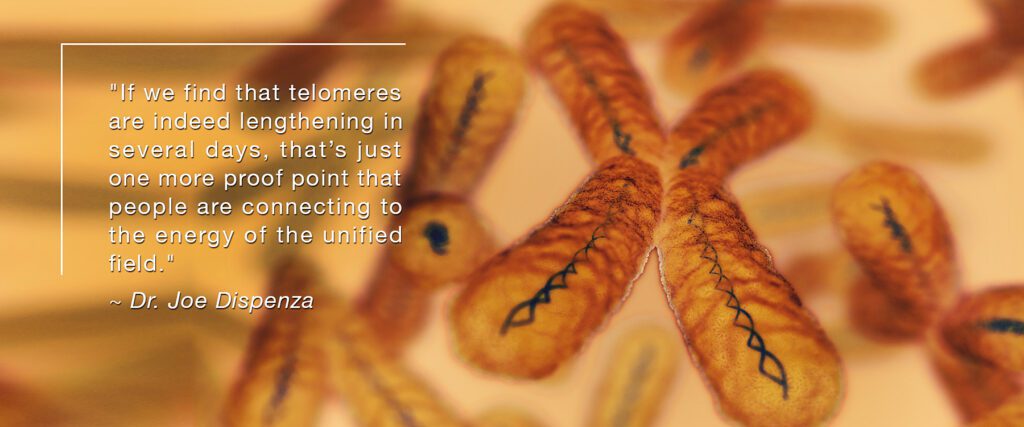
We have brain scans that are so outside of normal that when neuroscientists see them, they’re blown away because the amount of energy that’s in the brain during this transcendental moment is hundreds of times outside of normal. You can’t make your brain do that. Something is happening outside of yourself in this transcendental moment. We now know that we can predict it, and we now know that we can induce it.”
Can Consciousness Provoke Physical Changes in the Brain?
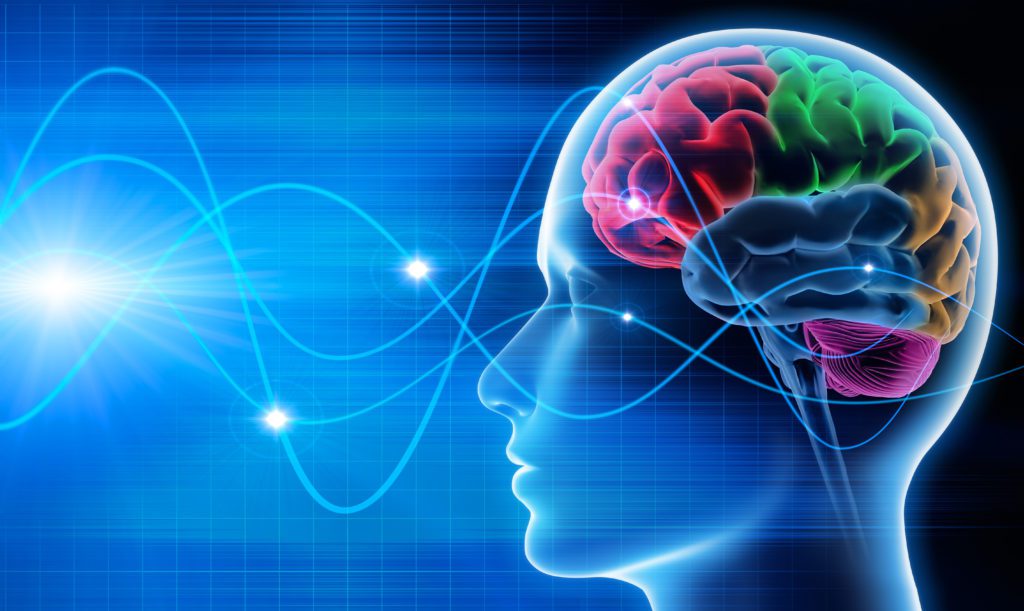
Your brain grows when consciousness is most active, which is when you are awake. Researchers at Tel Aviv University discovered that consciousness activates synaptic flow and can actually change brain structures and functional organization.
The brain thrives with continuous change at the synaptic level with every new experience, with every new process of learning, memorizing or mastering new and existing skills. Synapses are generated and dissolved, while others are preserved, in an ever-changing process of neuroplasticity.
There is a relationship between consciousness and brain biochemistry and neural networks that can cause inexplicable and seemingly miraculous healings.
“The idea that the brain can change its own structure and function through thought and activity is, I believe, the most important alteration in our view of the brain since we first sketched out its basic anatomy and the workings of its basic component, the neuron.” — Norman Doidge, 2007
Chronic Pain Can Be Unlearned
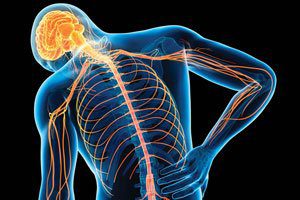
Psychiatrist-turned-pain-specialist Michael Moskowitz discovered that chronic pain can be unlearned when he used himself as a guinea pig while trying to cure his own pain. Moskowitz contributed significantly to the field of Neuroplasticity.
“Healing requires the active involvement of the whole patient in his or her own care: mind, brain, and body. The brain can shut pain off because the actual function of acute pain is not to torment us but to alert us to danger”. Michael Moskowitz, M.D., M.P.H.
Moskowitz thought what if, when he was in pain, he could try to override the natural tendency to give in and lie down? Moskowitz decided the brain needed a counter stimulation. He would force those brain areas to process anything but pain to weaken his chronic pain circuits.
Moskowitz began formulating acronyms, based on neuroplastic principles, to remind patients in chronic pain how to organize their minds and undermine that pain. These chronic pain patients were dealing with minds that were foggy and disorganized by the pain. He devised the acronym MIRROR, which stands for Motivation, Intention, Relentlessness, Reliability, Opportunity, and Restoration.

- Motivation: The patient must become active, they must read about how pain develops, then they must actively visualize the pain networks rewiring themselves and take charge of their treatment.
- Intention: The immediate intention is not to get rid of the pain—it is to focus the mind in order to change the brain. Thinking that the immediate reward will be pain reduction will make it hard to get there because that reward comes slowly. In the early stages what counts is the mental effort to change. These mental efforts help build new circuits and weaken the pain networks. The initial reward, after an episode, is being able to say, “I got a pain attack and used it as an opportunity to exercise mental effort and develop new connections in my brain.”
- Relentlessness: Research on neuroplasticity shows that intense focus is generally required to alter the circuits and make new connections. Relentlessness means: every time pain is detected, you push back with full focus with the specific intention of rewiring the brain back to what it was before the chronic pain began. No exceptions. No negotiations with pain.
- Reliability: This is a reminder that the brain is not the enemy, and that the patient can rely upon it to restore and maintain normal function if it has clear and unrelenting directions to do so. For psychological reasons, when you are in pain, you feel penalized and tormented by it.
- Opportunity: This means turning each pain episode into a chance to repair the faulty alarm system. While it’s hard to welcome an attack of pain, using it to rally oneself can feel constructive, knowing one is taking charge and is using the pain spike as an opportunity to heal. Pain that persists is terrifying because it sets off the amygdala, before the parts of the brain that modify our emotional responses can be turned on.
- Restoration: This means that the goal isn’t to mask pain or take the edge off it, as medication or anesthetics would, but to restore normal brain function.
Once Moskowitz was able to put these six tools in his patients’ hands, and motivate them toward the ambitious goal of completely normalizing their brain function, their attitude changed. Now when they had modest improvements, they felt not just temporary feelings of “relief”, but a progressive increase in hope, which they then used to energize themselves to continue applying the technique. A vicious cycle was turned into a virtuous one.
Learning Can Switch on Genes That Change the Structure of the Brain

Equipped for the first time with the tools to observe the living brain’s microscopic activities, neuroplasticians showed that the brain changes as it works. In 2000, the Nobel Prize for medicine was awarded for signal transduction in the nervous system. Neuroplasticians essentially demonstrated that as learning occurs, the connections among nerve cells increase. One of the scientists behind that discovery, Eric Kandel, also showed that:
“Learning can ‘switch on’ genes that change neural structure.” — Eric Kandel, M.D. neurobiologist, awarded a Nobel Prize for discovering the central role synapses play in memory and learning
Hundreds of studies went on to demonstrate that mental activity is not only the product of the brain but the shaper of it. Parkinson’s disease, autism, stroke, and traumatic head injury can all be stimulated by simple conscious habits of thought and action, by teaching the brain to “rewire itself”. Neuroplasticity also employs many other techniques as mentioned below.
Rewiring a Brain with Light Using Light to Reawaken Dormant Neural Circuits

A variety of techniques to stimulate the brain’s innate plasticity is being employed. In many cases this involves an energy source, low-intensity lasers, or light, or heat, which appears to help stimulate neuronal connections. A device applied to the tongue, causing vibration, helped an opera singer with MS to regain his voice. Sound, particularly the sound of a mother’s voice, and certain types of chanting, has helped young children with symptoms of autism to overcome those symptoms.
One of the founding scientists in the field of neuroplasticity was Moshe Feldenkrais, M.D., a renowned physicist and judo expert and creator of The Feldenkrais Method®. He developed several techniques in stimulating “unused” circuits of the brain and making them work for other purposes, such as therapies for stroke and MS patients, as well as children with learning disorders, attention deficit and even autism.
Feldenkrais knew that when a body part is injured, its representation in the mental map becomes smaller or disappears. Canadian neurosurgeon Wilder Penfield became famous for discovering that the surface of the body is represented in the brain by a map.
This led to the understanding that the size of an individual body part in the brain map is proportional not to its actual size in the body but rather to how often and how precisely it is used. If the body part performs a simple function—the thigh, for example, which mainly does one thing, moving the knee forward—the representation in the brain is small. But brain maps for the fingers, often used in precise ways, are enormous.
Feldenkrais understood that it is a use-it-or-lose-it brain, and that when parts are injured—and thus, not used often—their representation in the brain map decreases. Feldenkrais asked his patients to make very finely tuned, differentiated movements of these injured parts, paying close attention while doing so. Gradually these patients experienced these injured parts in their mind as becoming larger. Thus taking up more of their mental maps, and leading to more refined brain maps which leads to less pain and increased healing.
A Girl Missing Part of Her Brain
A profoundly disabled one-year old named Elizabeth was born missing a third of her cerebellum. This is a part of the brain that helps to coordinate and control the timing of movement, thought, balance, and attention. The cerebellum contains almost 80% of the brain’s neurons. Most people missing parts of the cerebellum don’t live long or are in vegetative states.
Her body was spastic, locked, and her spine inert. Moshe Feldenkrais, M.D. started stretching parts of her body that were stiff and knotted to rebalance her whole physiology. The subtle and slow movements of the neck and spine that Feldenkrais had stretched had awakened the idea of this movement in her brain, rewiring it into a completely different part of her brain. As a result Elizabeth was able to move the large muscles of her spine and back voluntarily. Today, Elizabeth is in her thirties and has two graduate degrees; she moves with grace and seems completely normal.
Slowness of Movement is the Key to Awareness
Slowness of movement is the key to awareness, and awareness is the key to learning.
“The delay between thought and action is the basis for awareness. If you leap too quickly, you can’t look before you leap” — Moshe Feldenkrais, M.D.(1904–1984)
By doing slow movements, with great awareness, Feldenkrais found he was able to “re-differentiate” brain processing areas, and radically improve function.
He began borrowing from Ancient Eastern martial arts and experienced astounding results. People learning tai chi practice their movements at glacial speed, which virtually requires no physical effort. The use of force is the opposite of awareness; learning does not take place when we are straining. You know the expression, “No pain, no gain,” If you want to rewire your brain the saying should be, “If strain, no gain.”

Ancient Wisdom Teachers Knew About Neuroplasticity
As previously mentioned, scientists used to think the way our brain was wired could not be changed. They thought our brains were fixed and hard-wired. It was believed that once our brains developed, they could not be changed or reorganized. The new science of Neuroplasticity has disproven this. Modern scientists just had no way of proving it until recent microscopic advances. According to western medicine If you can’t prove it then it’s not valid. Eastern medical practitioners intuitively knew thousands of years ago about neuroplasticity. Western medicine has long dismissed Eastern medicine, practiced by billions of people for millennia, and its claims, often because it seemed too far-fetched to accept that the mind can alter the brain. Eastern cultures practiced neuroplastic medicine through meditation, yoga, visualization, martial arts such as tai chi, judo, and energy medicine such as acupuncture and Qigong.

To find more resources and learn more about this subject, see the Science and Consciousness and the Energy Healing resource pages.

